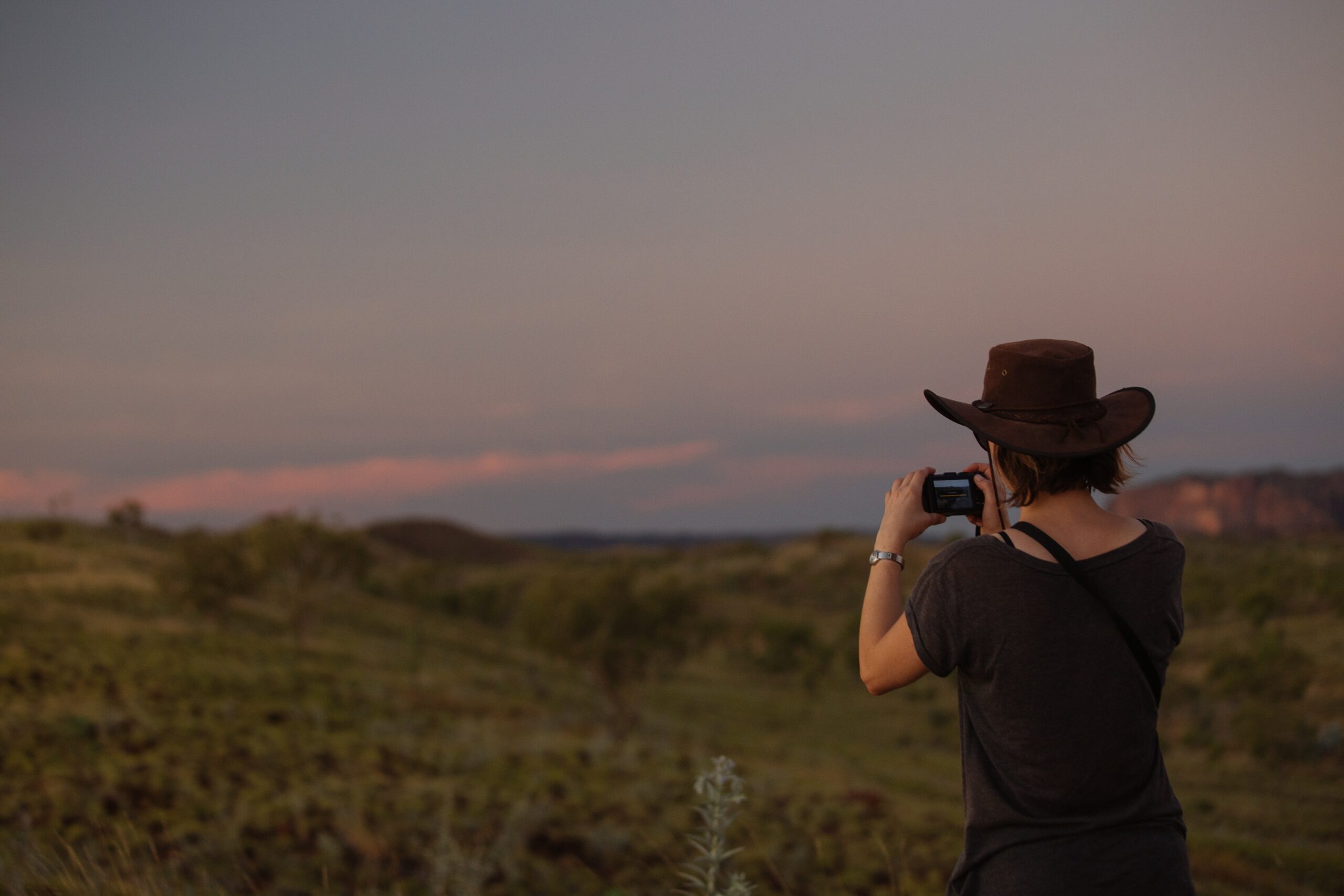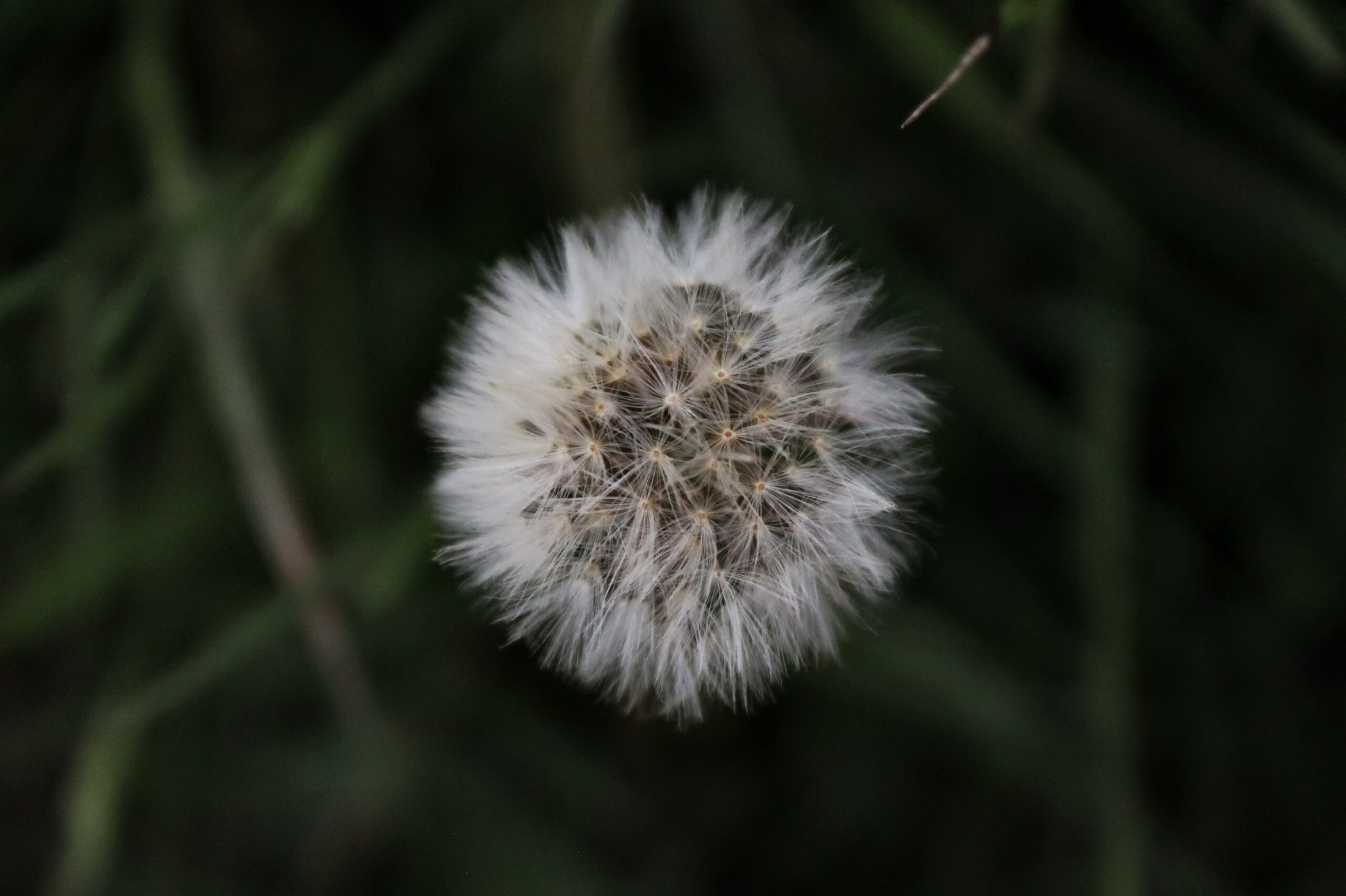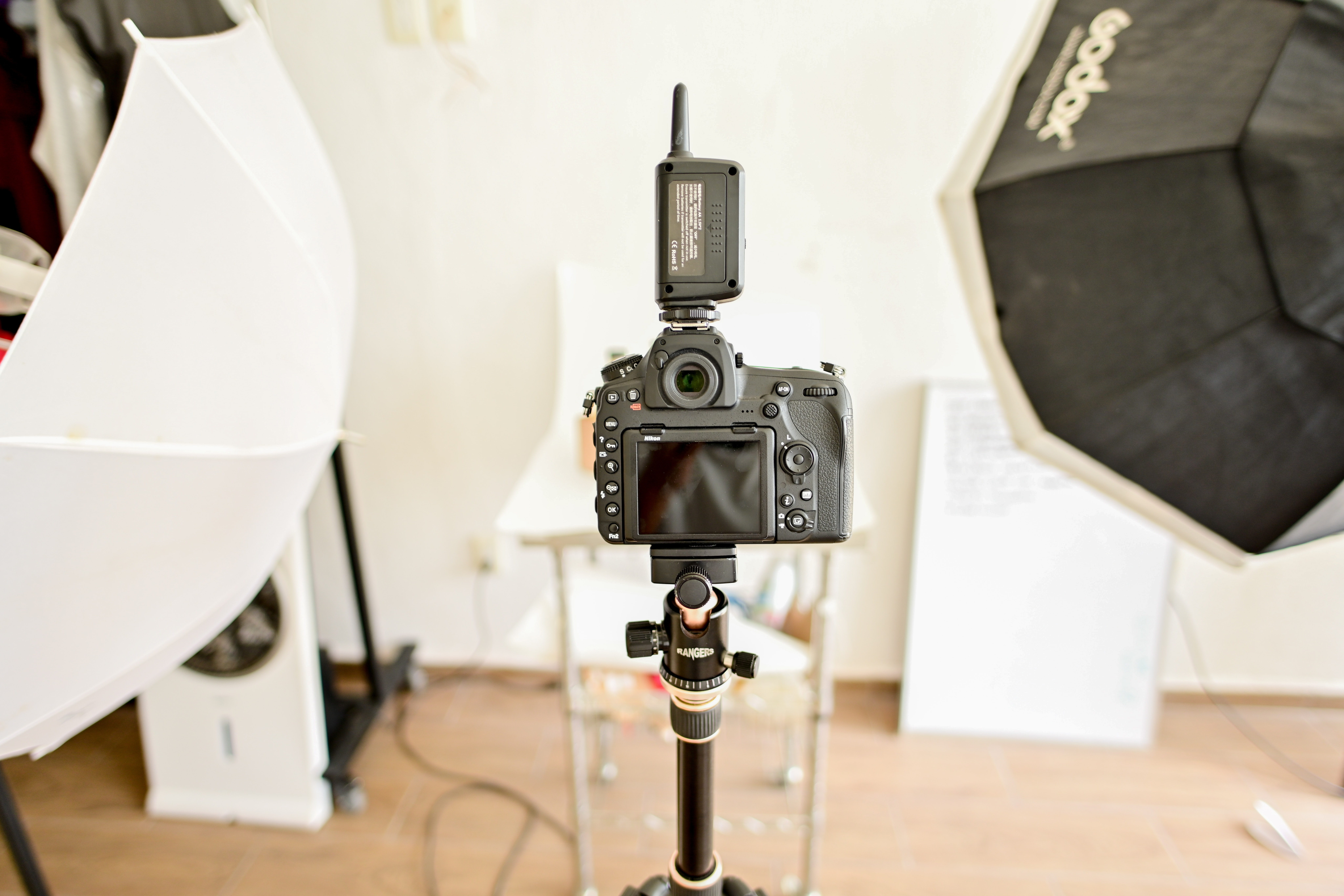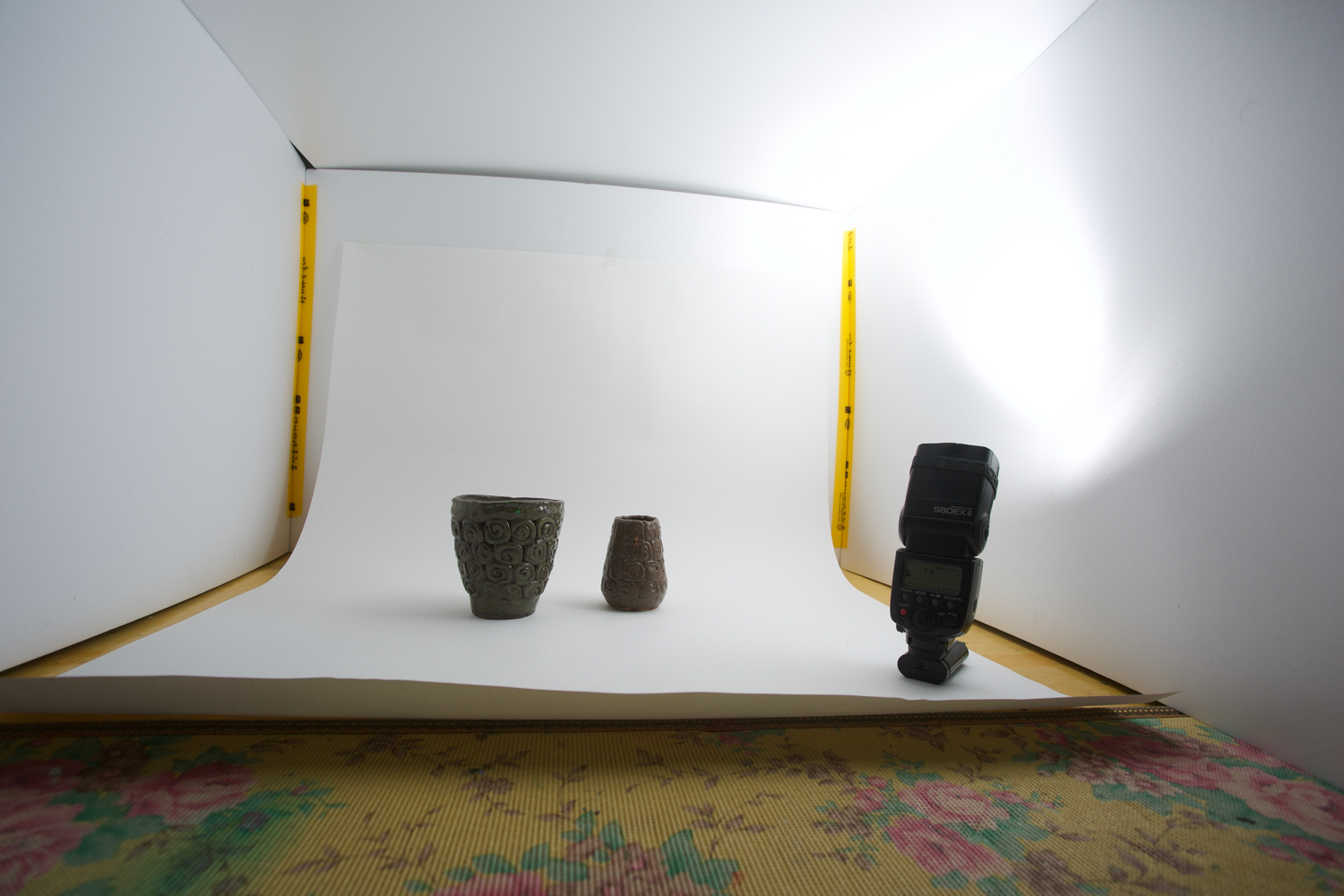As smartphones continue to improve and become more advanced, it’s easier than ever to take high-quality photos using just your phone. Whether you’re a beginner photographer or just looking to improve your smartphone photography skills, here are 10 tips for taking better photos with your smartphone.
- Use the grid lines: Most smartphones have a grid line feature in the camera settings that can help you align your shots and compose them more effectively. The grid lines consist of two equally-spaced horizontal lines and two equally-spaced vertical lines that divide the frame into nine equal parts. By placing your subject along these lines or at the intersections of them, you can create a more balanced and aesthetically pleasing composition. This is known as the “rule of thirds,” and it’s a basic principle of photography that can be applied to any type of camera, including smartphones.
- Experiment with different angles: Don’t be afraid to try shooting from different angles, such as shooting from above or below your subject. This can add visual interest and variety to your photos. For example, shooting from a low angle can make your subject look larger than life, while shooting from a high angle can give a sense of power or dominance. Play around with different angles and see how they change the look and feel of your photos.
- Use natural light: Natural light can be very flattering and can add depth and dimension to your photos. When possible, try to take photos near windows or outdoors in natural light. Avoid using the flash whenever possible, as it can create harsh, unflattering light and cause red-eye. If you do need to use the flash, try bouncing it off a nearby wall or ceiling to soften the light.
- Use the rule of thirds: As mentioned earlier, the rule of thirds is a basic principle of photography that suggests that an image can be divided into nine equal parts by two equally-spaced horizontal lines and two equally-spaced vertical lines. Placing the subject along these lines or at the intersections of them can create a more balanced and aesthetically pleasing composition. This is especially useful when composing landscapes or cityscapes, as it can help you evenly distribute the elements in the frame and create a sense of balance.
- Pay attention to the background: A cluttered or distracting background can take the focus away from your subject. Try to find a simple, uncluttered background or use the camera’s “portrait” mode to blur the background and make your subject stand out. This is especially useful when shooting portraits, as it helps to isolate the subject and draw attention to their face and features.
- Use the camera’s manual controls: Many smartphones have manual camera controls that allow you to adjust settings like exposure and focus. Experimenting with these controls can help you capture better photos. For example, adjusting the exposure can help you capture more detail in very bright or very dark scenes, while adjusting the focus can help you bring your subject into sharp focus.
- Use the “burst” mode: The burst mode allows you to take multiple shots in rapid succession, which can be useful for capturing action or for getting the perfect shot when your subject is moving. To use the burst mode, simply hold down the shutter button and the camera will take a series of photos in quick succession. You can then select the best shot from the series or combine them into a single image.
- Edit your photos: Most smartphones have basic editing tools that allow you to adjust things like exposure, contrast, and color. These tools can be useful for fine-tuning your photos and making them look their best. For example, you can use the exposure tool to lighten or darken the overall image, the contrast tool to adjust the difference between the darkest and lightest areas of the image, and the color tool to adjust the hue and saturation of the image. Just be sure not to overdo it with the editing, as too much editing can make the photo look unnatural or artificial.
- Shoot in RAW: RAW is a file format that captures all of the data captured by the camera’s sensor. Shooting in RAW allows you to have more control over the final image, as you can make adjustments to things like white balance and exposure in post-processing. This is especially useful for photographers who want to have more control over the final image and are comfortable with post-processing software like Adobe Lightroom.
- Practice, practice, practice: The more you practice taking photos with your smartphone, the better you’ll get. Don’t be afraid to experiment and try new things, and don’t be too hard on yourself if your photos don’t turn out perfectly every time. Keep practicing and you’ll eventually develop your own style and techniques.
By following these 10 tips, you’ll be well on your way to taking better photos with your smartphone. Whether you’re a beginner or a seasoned pro, there’s always room for improvement, so don’t be afraid to experiment and try new things. Happy shooting!



